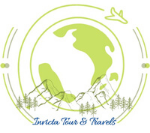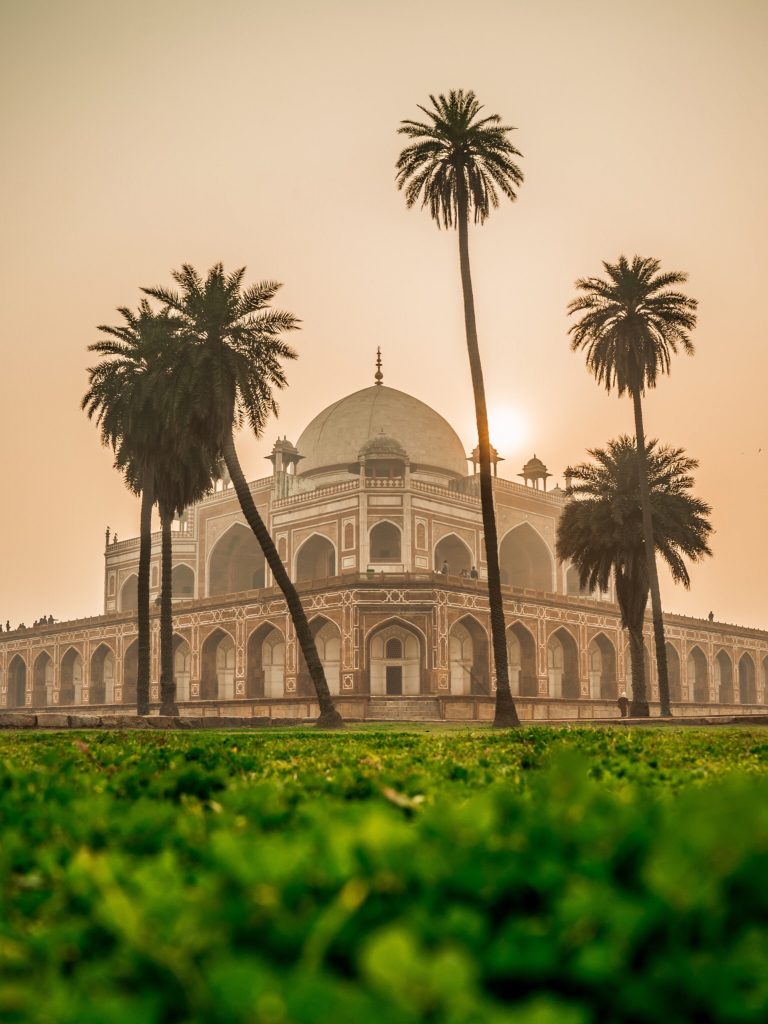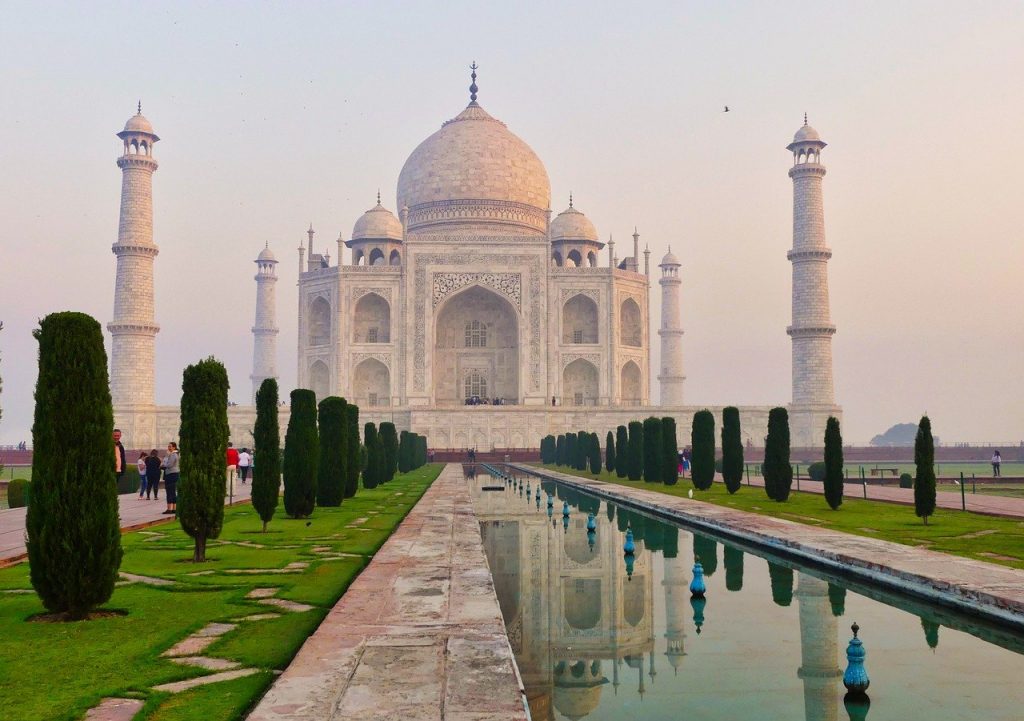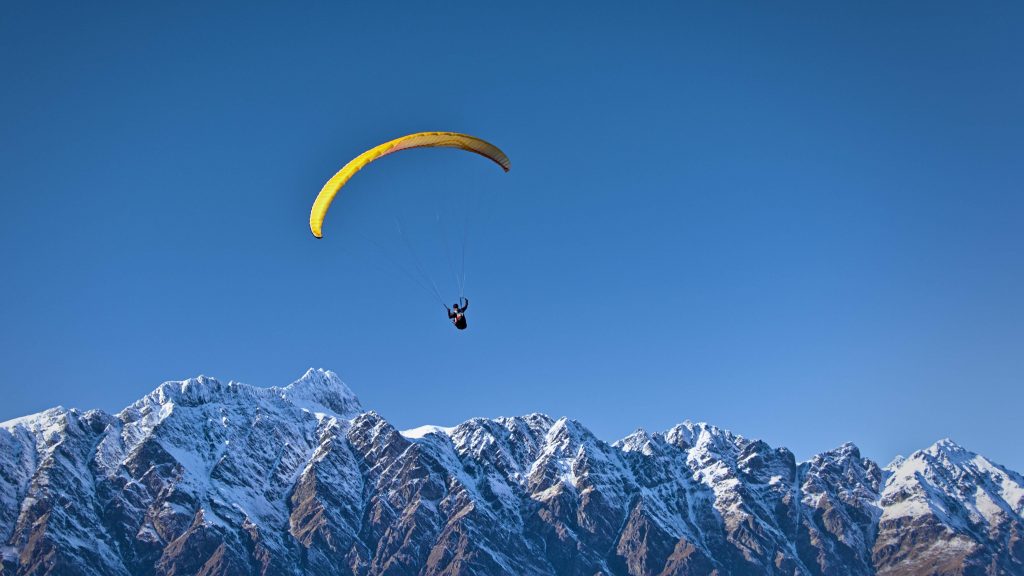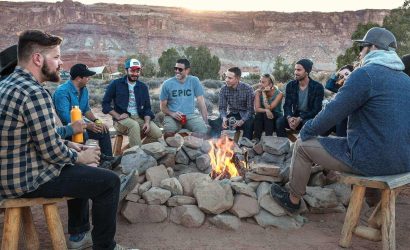| Shimla Manali with Golden Triangle Tour Package Duration : 9 Nights / 10 Days Destinations: Delhi – Shimla ,Manali – Delhi – Agra – Jaipur – Delhi |
|
|
| Day 1: Delhi – Shimla Pick up from Delhi and drive for Shimla, After  reach at shimla check in hotel. Evening free for visit Mall Road, Road, Ridge , Church , Lakker. Dinner & Overnight Stay at hotel. reach at shimla check in hotel. Evening free for visit Mall Road, Road, Ridge , Church , Lakker. Dinner & Overnight Stay at hotel.Day 2: Shimla – Kufri – Shimla After Breakfast full day sightseeings visit to Kufri (2500 mt above sea level), Indira Gandhi Tourist Park, Chini Bunglow, Mini Zoo. Dinner and Overnight stay at hotel. Day 3: Shimla – Kullu – Manali (280 Kms, 8hrs) After breakfast check-out hotel and proceed to Manali (2000 mt above sea level) with enroute views of Pandoh Lake, Kullu Valley. Arrive Manali by evening and check in hotel. Evening free to visit Mall Road. Dinner and overnight at Hotel. Day 4: Manali – Snow Point – Manali  After Breakfast proceed for full day sightseeing of Rahala Falls, Kothi Gorge, Marhi, Rohtang Pass (3900 mt above sea level). Back to Hotel. Dinner & Overnight stay at hotel. Day 5: Manali After Breakfast, vist local sightseeing: Hadimba devi temple, Manu Temple , Club House, Monestry , Vasist Village & Mall Road. Dinner & Overnight Stay at hotel. Day 6: Manali – Delhi After Breakfast, check out from hotel and drive to Delhi. After reach at Delhi check in hotel. Dinner & Overnight Stay at hotel. Day 7: Delhi – Agra  After breakfast check out from hotel and drive to Agra After reach at Agra Check in Hotel. After some rest Visit Taj Mahal & Red Fort of Agra. Dinner & Overnight Stay at Hotel. Day 8 :- Agra Fatehpur Sikri Jaipur Drive to Jaipur visiting Fatehpur Sikri enroute. Fatehpur Sikri is 40 kms from Agra and built by Emperor Akbar in 1569 and abandoned after 15 years due to scarcity of water. See the graceful buildings including the Jama Masjid, Tomb of Salim Chisti, Panch Mahal and other Palaces. Afternoon free. Overnight Jaipur. Day 9: Jaipur Morning visit Amber Fort. Amber Fort was the ancient  capital of the State (Ascend the fort on elephant back). Visit the Sheesh Mahal or the Hall of Victory glittering with mirrors. Afternoon tour of Jaipur. Jaipur – the capital of Rajasthan was given a colour coat of pink a century ago in honour of a visiting Prince and ever since, it has retained this colour. Built by Maharaja Jai Singh, the notable astronomer, this city is 260 years old. Visit Maharaja”s City Palace, the Observatory. Drive past Hawa Mahal & through the pink rose residential & business areas. Cultural evening at Naryan Niwas Palace followed by dinner.Overnight Jaipur. capital of the State (Ascend the fort on elephant back). Visit the Sheesh Mahal or the Hall of Victory glittering with mirrors. Afternoon tour of Jaipur. Jaipur – the capital of Rajasthan was given a colour coat of pink a century ago in honour of a visiting Prince and ever since, it has retained this colour. Built by Maharaja Jai Singh, the notable astronomer, this city is 260 years old. Visit Maharaja”s City Palace, the Observatory. Drive past Hawa Mahal & through the pink rose residential & business areas. Cultural evening at Naryan Niwas Palace followed by dinner.Overnight Jaipur.Day 10 :- Jaipur – Delhi After breakfast check out from hotel and drive to Delhi. After reach at Delhi drop at Railway Station / Airport.Package Inclusions : 2 Nights Accommodation in Shimla 3 Nights Accommodation in Manali 1 Nights Accommodation in Delhi 1 Nights Accommodation in Agra 2 Nights Accommodation in Jaipur Welcome drink on arrival Daily Bed Tea, Breakfast & Dinner at all places One Candle Light Dinner Two Glasses of Kesar Milk Pick up & Drop Ex – Delhi All transfers & Sightseeing by Ac Car.( AC Switch off on hills ) All toll tax, parking charges, driver charges, fuel cost inclusive All applicable taxes Not Include |
Overview
Travel is the movement of people between relatively distant geographical locations, and can involve travel by foot, bicycle, automobile, train, boat, bus, airplane, or other means, with or without luggage, and can be one way or round trip. Travel can also include relatively short stays between successive movements.
The origin of the word “travel” is most likely lost to history. The term “travel” may originate from the Old French word travail, which means ‘work’. According to the Merriam Webster dictionary, the first known use of the word travel was in the 14th century.
It also states that the word comes from Middle English travailen, travelen (which means to torment, labor, strive, journey) and earlier from Old French travailler (which means to work strenuously, toil). In English we still occasionally use the words “travail”, which means struggle. According to Simon Winchester in his book The Best Travelers’ Tales (2004), the words “travel” and “travail” both share an even more ancient root: a Roman instrument of torture called the tripalium (in Latin it means “three stakes”, as in to impale).
